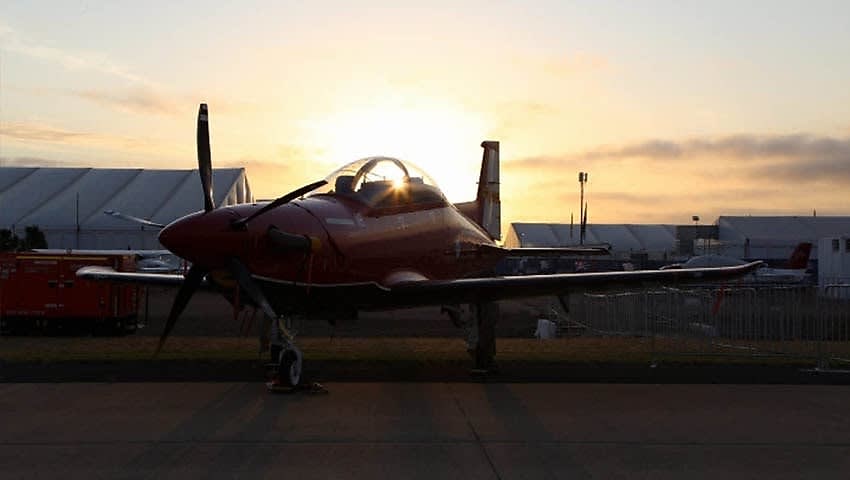The Lockheed Martin-led team delivering the AIR 5428 project has achieved its latest milestone, reaching commencement of training in January of this year.
To continue reading the rest of this article, please log in.
Create free account to get unlimited news articles and more!
The team, which includes Lockheed Martin, Pilatus Aircraft and Hawker Pacific, reached the commencement of training milestone and is on track to achieve all milestones due by the end of 2019.
“The fact the project is being delivered on time with the size and scope of what it is, is something to be proud of,” said Amy Gowder, vice president and general manager, training and logistics solutions for Lockheed Martin Australia.
“It couldn’t have happened without the hard work of all the customer and industry teams involved.”
The program aims to “transform the avenue of training” as the Australian Defence Force achieves fifth-generation capability, with over 40 Pilatus PC-21 aircraft replacing the legacy PC-9 aircraft.
Twenty-eight of the PC-21 aircraft have already been delivered, with two more due to be delivered by next month.
The initial seven-year program is valued at $1.2 billion, with performance-based options providing the opportunity to extend the length and value of the contract.
The project also sees the delivery of facilities, infrastructure and airfield works for the introduction of the new training aircraft at the following bases:
- RAAF Base East Sale (Victoria)
- RAAF Base Pearce (WA)
- RAAF Base Gingin (WA)
- RAAF Base Edinburgh (SA)
- RAAF Base Williamtown (NSW)
RAAF Base East Sale has seen an “entire transformation entirely designed around the pilot”, according to Lockheed Martin.
The AIR 5428 project team also confirmed it will be introducing over 100 different training devices including flight simulators, with an eye on the possible introduction of emerging technologies to help with pilot training.
The advancement of technology used in the training is also cost effective, with accurate and speedy feedback provided that helps both the pilot and trainer to identify possible issues, which allows progression at a rate that wasn’t possible using past methods.
The ability to use simulators also cuts down maintenance costs for aircraft, optimising the Air Force Instructors’ training time.

 Login
Login







